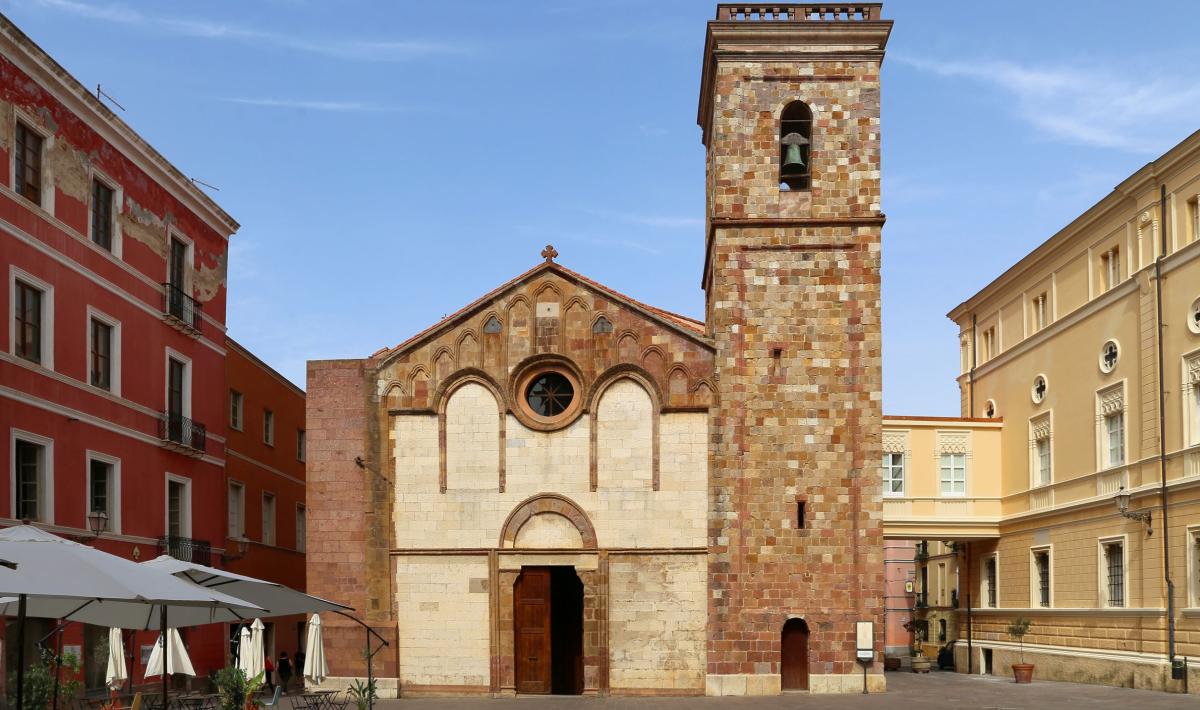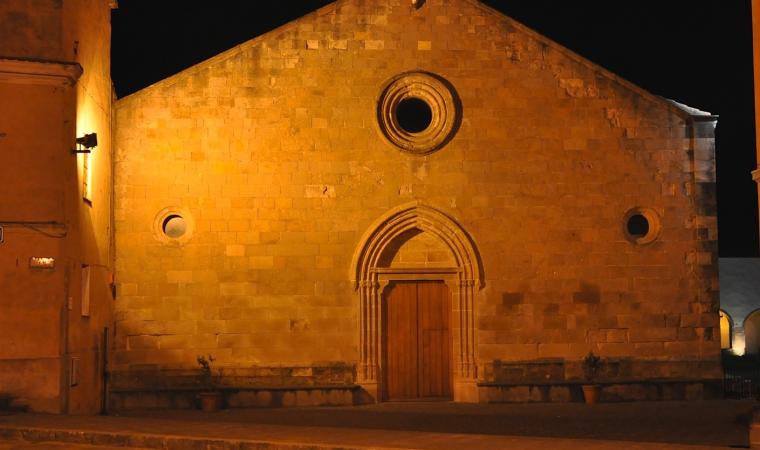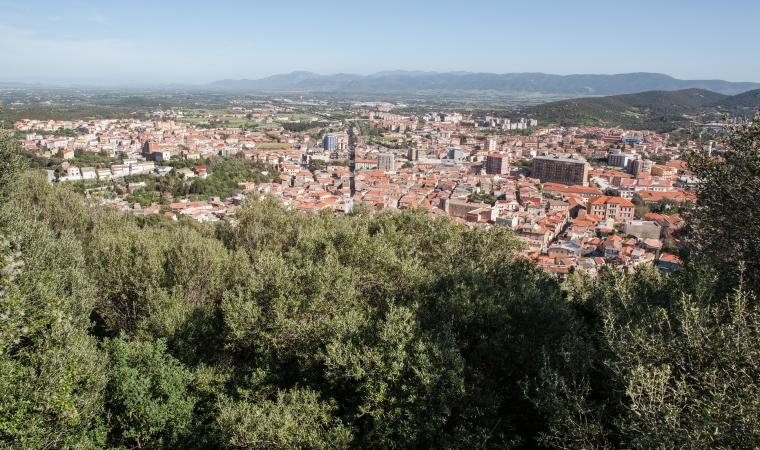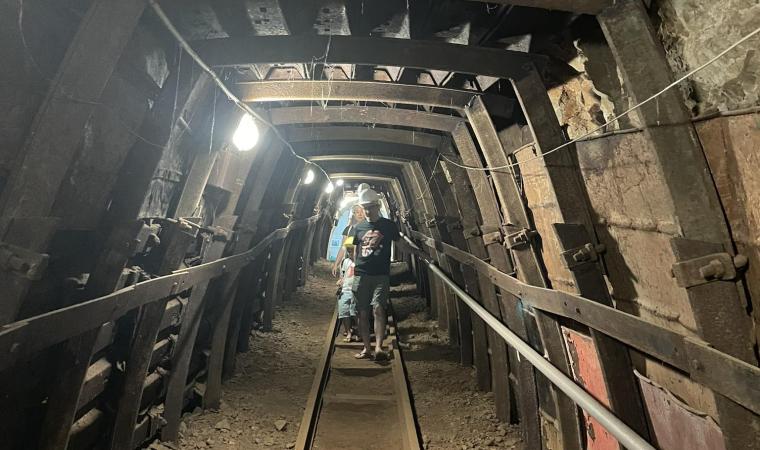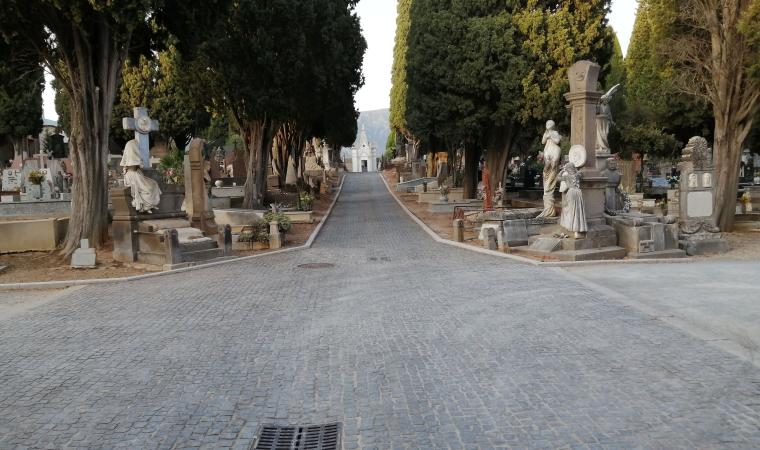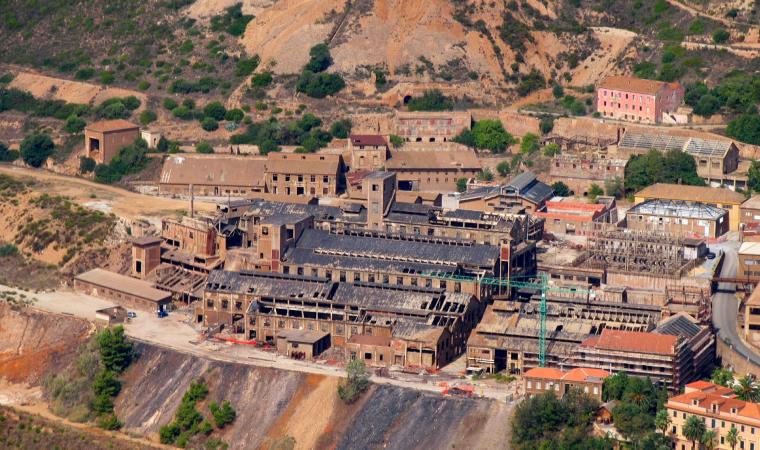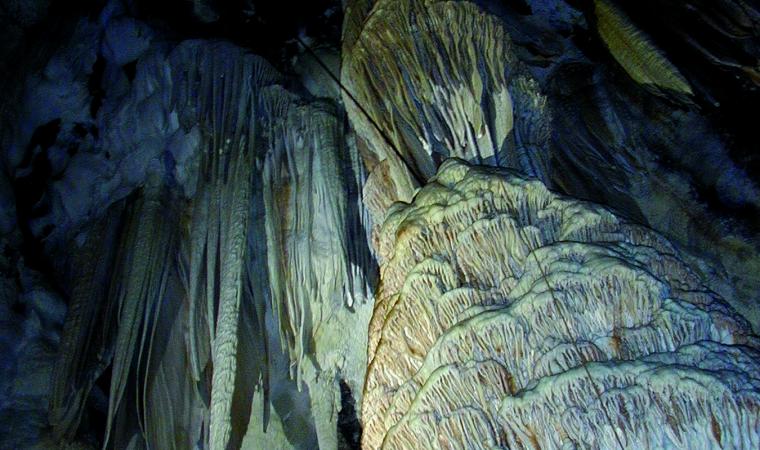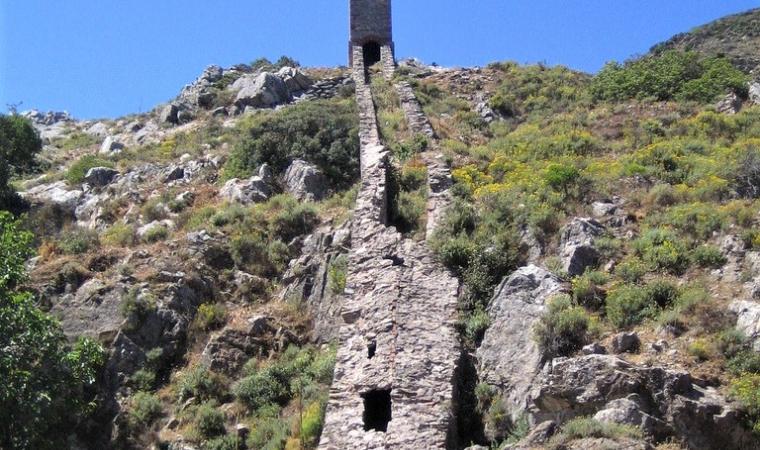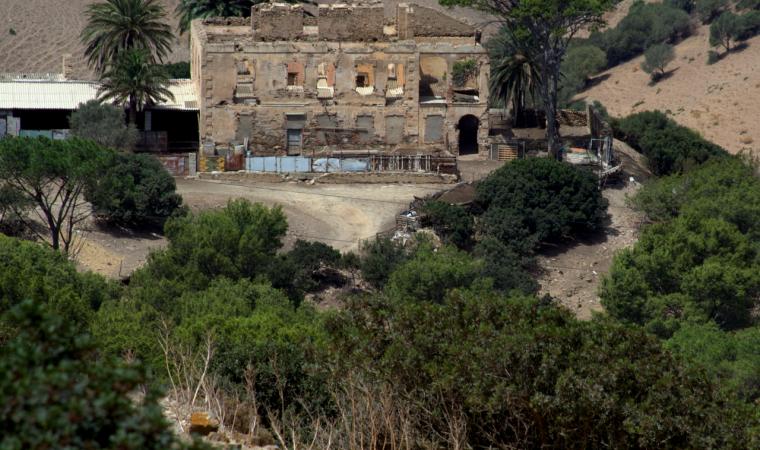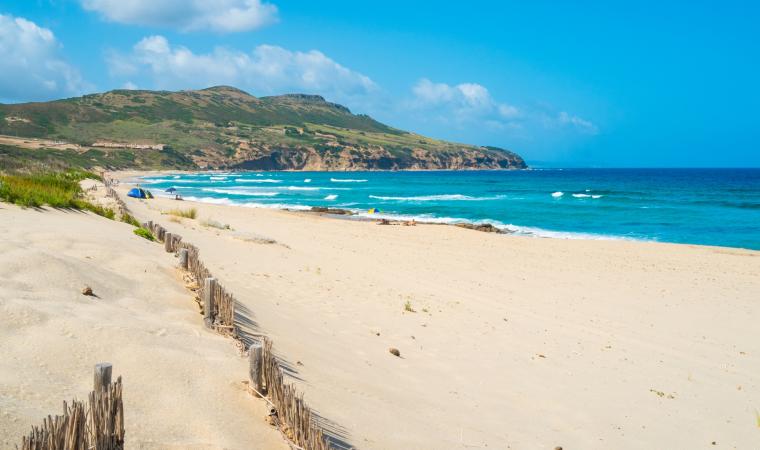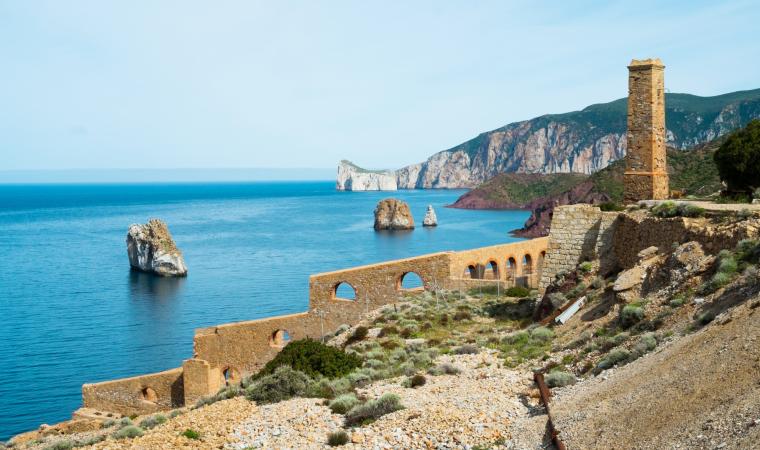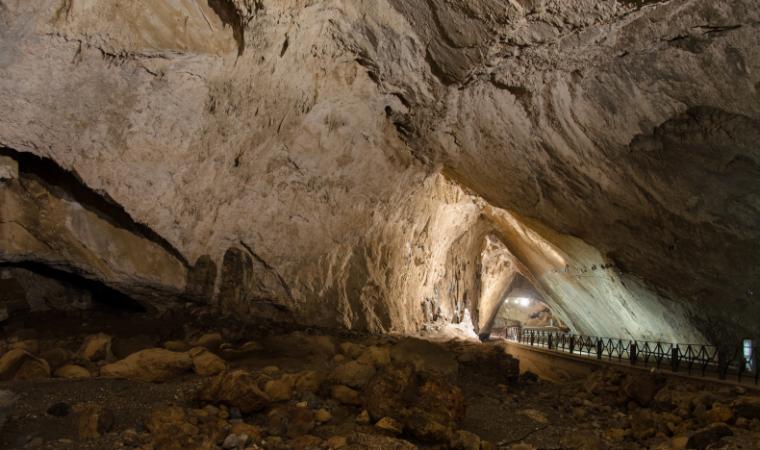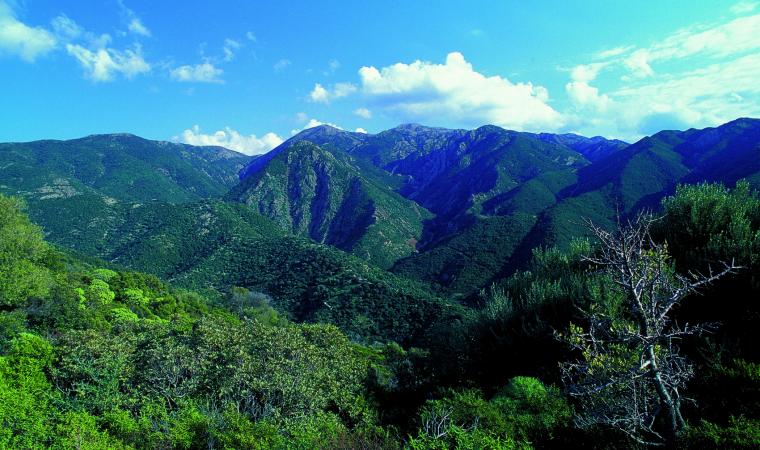The only cathedral in the world dedicated to the ‘Santa di Assisi’, its original surviving structures embody the passage from the Romanesque to the Gothic lines, both revisited with a Sardinian touch. The refined façade and the imposing bell tower of the Santa Chiara cathedral are located in the historic centre of Iglesias, in the main piazza, which is also home to the town hall and the Palazzo Vescovile. Epigraphic evidence places the construction of the church in the 1280s at the behest of Count Ugolino della Gherardesca. It first became a cathedral for a decade starting from 1503, when the diocese was transferred from Tratalias to the mining town, until 1513 upon the suppression of the Sulcis seat. In 1736, it definitively regained its title.
Of the 13th-century building in sedimentary stone, only remnants of the external wall survive. The temple underwent various transformations, particularly throughout the second half of the 16th century, when it was radically renovated in Gothic-Catalan style. The interior has maintained the guise acquired following the 16th-century restorations, with a single and large nave, divided by pointed arches into four bays covered by star vaults set on pillars with carved capitals. As part of the reconstruction, two small chapels were opened with cross vaults on each side and two spacious and square chapels were added to act as a transept, creating a Latin cross layout. The square presbytery was raised, according to the designs of the Gothic-Catalan capilla mayor. Closing the building is an apse, also squared. Amongst the décor, two 18th-century altars stand out: the ‘baroque’ one of Sant’Antioco in gilded wood in the left arm of the transept, and one in polychrome marble in the right arm. At the entrance, is a holy water font supported by a 17th-century marble angel. The gabled façade is divided into two orders by a horizontal-shaped frame. In the upper band, in Gothic style, you will see a rose window flanked by two ogival arches, surmounted by trefoil arches with phytomorphic decorations. In the lower part of the church is a Romanesque portal with architrave, surmounted by a round arch, to the left of which is an epigraph showing the dates of the layout and a shield with an eagle, the symbol of the Della Gherardesca family. To the right is the 14th-century square bell tower, the oldest (from 1338) of its four bells being in bronze.
Iglesias, the bishop’s seat and royal city with centuries-old traditions - including the Settimana Santa (Holy Week) rituals and a historical medieval procession - takes its name from the Spanish word for ‘churches’. In addition to Santa Chiara, the Madonna delle Grazie, the Chiesa del Collegio and the church of San Francesco, another very significant example of Gothic-Catalan architecture, are worth a visit. Also of note are the ruins of San Salvatore, a Byzantine cruciform building. For over a century, mines were the source of wealth for Iglesias and its territory, today being the patrimony of the industrial archaeology for the Geomineral Historic and Environmental Park of Sardinia. The Mining Museum and the Museum of Mining Machinery trace its evolution, whilst to discover more about the mining activity ‘from within’, you can take guided tours in Monteponi, Nebida, Masua and Porto Flavia, stops along the mining route of Santa Barbara. Next to it are the wonders of the coast, including Pan di Zucchero.

